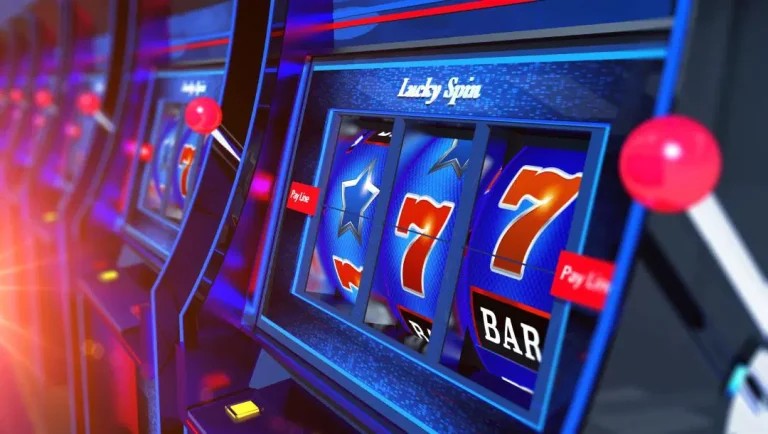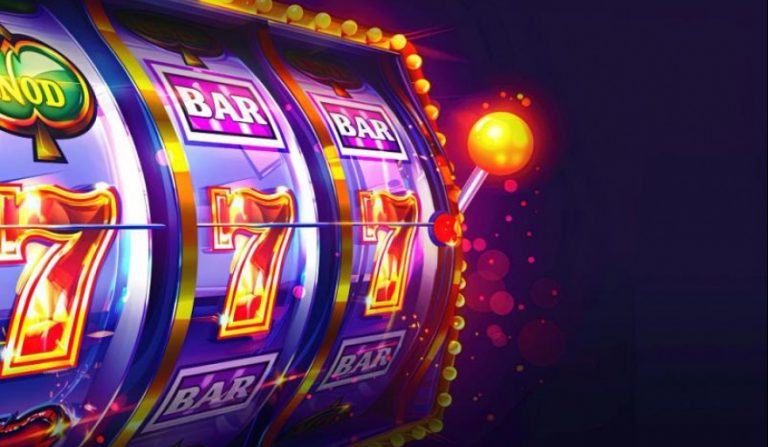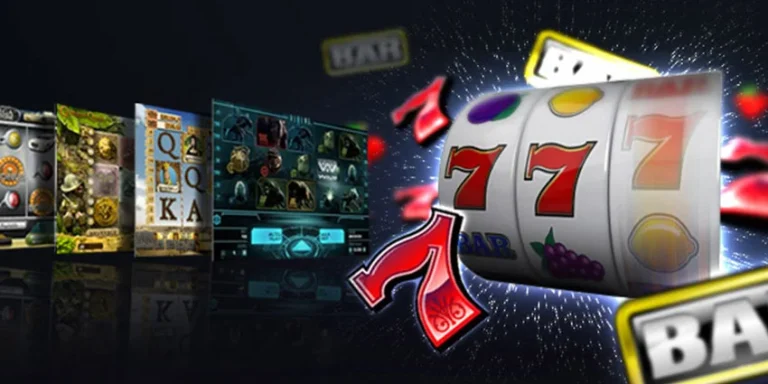Verifying 99%+ RTP slots and adjustable versions
Understanding how to verify the actual return-to-player percentages in online slot games has become essential for informed gambling decisions. Many players assume all versions of a particular game offer identical payout rates, but operators can select from multiple configurations with significantly different returns. This guide explains practical methods to confirm the exact RTP you’re playing with and identify when adjustable versions might be affecting your potential winnings.
How to read game RTP info
| Info element | Where to find | Why it matters |
|---|---|---|
| Exact RTP % for your version | Paytable → “i” / “?” → Game rules | Confirms the configuration selected by the operator |
| Volatility/risk wording | Info panel / help pages | Sets expectations for session variance |
| Bonus/feature rules | Paytable subsections | Explains triggers, multipliers, re-triggers |
Learning to interpret return-to-player information correctly helps you make informed choices about which games to play. Most modern slot machines display this data somewhere in their interface, though finding it isn’t always straightforward. The presentation format varies considerably between software providers, with some making the information prominent while others bury it in dense documentation. Knowing where to look and what numbers truly represent can help you avoid unpleasant surprises. Before playing any game, experienced players always verify the RTP slot percentage displayed in the paytable to ensure they’re getting fair value.
Locating RTP in paytables
The paytable screen typically serves as the primary location where developers publish official return percentages. You’ll usually find this information by clicking an “i” icon, question mark, or menu button within the game interface. Some providers display the figure prominently on the first paytable page, while others place it several screens deep in the help documentation. Taking a moment to locate this information before playing your first spin can save you from discovering later that you’ve been playing a lower-paying variant. Understanding the RTP slot mechanics helps you make better decisions about which games deserve your time and money.
Comparing published vs actual RTP
Discrepancies between advertised and actual return rates occasionally emerge, making independent verification valuable. Reputable operators display the exact configuration they’ve selected, but some platforms may highlight the maximum possible percentage in promotional materials while actually offering a lower variant. Cross-referencing the in-game displayed percentage against the developer’s official documentation confirms you’re seeing accurate information rather than potentially misleading marketing claims. Each RTP slot configuration can dramatically affect your long-term results, even if the games look identical on the surface.
Checking provider documentation
| Provider | Standard RTP | Alternative Versions | Documentation Access |
| NetEnt | 96.0-96.5% | 94%, 92% variants | Public spec sheets |
| Pragmatic Play | 96.5% | 95%, 94% options | Available on request |
| Play’n GO | 96.2% | 94.2%, 87.5% versions | Public downloads |
| Microgaming | 96.0-97.0% | Operator-selectable | Partner portal only |
Software developers maintain official specification sheets that list all available configurations for their titles. These documents, typically found on the provider’s corporate website, detail every variant they’ve made available to operators. Reviewing this documentation reveals whether your chosen game exists in multiple versions and what the standard settings should be. This research proves particularly valuable for popular titles that exist in numerous configurations.
The following table shows how leading providers typically structure their variant options:
Detecting adjustable RTP versions
| Signal | What it looks like | Action |
|---|---|---|
| RTP shown as a range | “RTP: 94.00%–96.50%” | Ask support which exact % applies |
| Region-specific lobbies | Different % between sites | Verify local certification pages |
Recognizing when a game exists in multiple payout configurations protects you from unknowingly playing inferior variants. The adjustable nature of modern slot mathematics means identical games can perform very differently depending on which setting the operator selected. Some jurisdictions require clear disclosure of these variants, while others leave players to discover the information independently. Developing the ability to identify these situations quickly becomes a valuable skill for regular players. Modern RTP slots often come in multiple versions, giving operators the flexibility to choose different payout percentages.
Examples of games with multiple RTP options
Numerous popular titles exist in several distinct configurations with substantially different return rates. Starburst, one of the industry’s most recognized games, comes in 96.09%, 95.98%, and 94.99% versions that look and play identically despite their mathematical differences. Similarly, Book of Dead offers standard 96.21% mechanics alongside 94.25% and 91.25% alternatives that operators can deploy based on their preferences. Players who don’t verify the specific variant they’re accessing might never realize they’re playing a configuration that returns significantly less. Players who regularly check RTP slots information tend to have more realistic expectations about their gaming sessions.
The difference between these variants manifests most clearly over extended play sessions. Consider these practical examples:
- A £1,000 session on the 96% version theoretically retains £40 for the house
- The same £1,000 session on a 94% variant keeps £60 instead
- On a 92% configuration, the house edge jumps to £80 per thousand wagered
- Over 10,000 spins, these seemingly small differences compound dramatically
How operators choose default RTP
Casino platforms select configurations based on multiple strategic factors beyond simple profit maximization. Market competition influences these decisions, as operators in crowded markets often choose higher configurations to remain competitive. Regulatory minimums establish floors below which platforms cannot legally operate, forcing certain baseline standards in specific jurisdictions. Promotional strategies also factor in, with some brands offering premium configurations on featured games while selecting lower variants for less prominent titles. The certification of RTP slots by independent testing laboratories provides essential assurance that published percentages are accurate.
The business model of the operation significantly impacts these choices. Subscription-based platforms and social casinos might select different configurations than traditional gambling sites. Brand positioning plays a role too, with premium operators typically maintaining higher standards across their entire portfolio to reinforce their quality image. Understanding these dynamics helps you predict which operators are more likely to offer favorable configurations.
Avoiding low-RTP configurations
| Good signs | Red flags |
|---|---|
| Exact RTP shown in-game matches provider specs | Only marketing pages show %; info panel is vague |
| Testing lab seals link to verifiable certificates | No seals, or links don’t resolve to a certificate |
Protecting yourself from inferior variants requires developing consistent verification habits before committing money to any game. Start by checking the displayed slot machine RTP information within the game itself rather than relying on promotional materials or general descriptions. Compare this figure against the developer’s published specifications to confirm it matches the standard or premium variant rather than a reduced alternative. If the information isn’t readily available or seems deliberately obscured, consider this a warning sign worth heeding.
Developing a personal threshold for acceptable return rates creates a clear decision framework. Many experienced players refuse to engage with configurations below 96%, recognizing that the mathematical disadvantage becomes too steep beyond that point. Others set their limit at 95% or maintain different standards for different game types. Whatever threshold you establish, maintaining consistency in applying it protects your bankroll from the cumulative effect of playing suboptimal configurations. Many newcomers to online gambling ask “what is RTP in slots” without realizing this percentage represents the theoretical long-term return to players over millions of spins.
Ensuring fairness & accuracy
| Certification layer | What it validates | Where to see it |
|---|---|---|
| Game-level testing | RNG performance & theoretical returns | Game help screen / lab certificate page |
| Operator compliance | Site-wide fairness & controls | Casino footer seals |
Verifying the legitimacy of published percentages requires understanding the testing and certification infrastructure that supports fair gaming. Multiple organizations exist specifically to audit and certify that games perform according to their published specifications. These independent laboratories conduct extensive testing to confirm that the random number generators function properly and that the actual returns match the theoretical percentages over millions of simulated spins.
The certification process involves detailed mathematical analysis, source code review, and prolonged testing periods that simulate years of real-world play. Certified games receive seals or certificates that operators display to demonstrate compliance. Learning to recognize these markers and understand what they represent gives you additional confidence that the rtp slot you’re playing have been independently verified rather than relying solely on the operator’s claims.
Using eCOGRA / iTech labs certificates
These two organizations represent the industry’s most recognized testing authorities, with eCOGRA focusing primarily on operator-level certification while iTech Labs conducts game-specific testing. Both employ rigorous mathematical analysis and extensive simulation to validate that published percentages accurately reflect the game’s actual performance. Their seals appear on legitimate casino sites and in game documentation, serving as independent confirmation that the mathematics have been verified by qualified experts.
Checking for these certifications involves looking for official seals displayed on the casino’s footer or in the game’s information screens. Legitimate certificates include verification numbers that you can cross-reference on the testing lab’s website to confirm authenticity. This verification process takes only moments but provides substantial assurance that you’re playing games with accurately disclosed mathematics rather than potentially manipulated variants.
Third-party verification tools
Several independent tracking services maintain databases of tested games and their actual performance metrics. These platforms aggregate data from thousands of players to calculate observed return rates and compare them against published specifications. While these community-driven resources cannot match the statistical rigor of formal laboratory testing, they provide practical insights into whether games are performing as advertised in real-world conditions.
Utilizing these resources involves checking player-generated data before committing to extended sessions on unfamiliar titles. The most reliable verification tools require substantial sample sizes before drawing conclusions, so recently released games may lack sufficient data for meaningful analysis. For established titles with extensive play history, these databases offer valuable confirmation that the theoretical percentages translate into actual results.
Community feedback & testing
Player forums and discussion communities serve as informal monitoring systems where experienced gamblers share observations about game performance. These conversations often reveal when certain operators are deploying low-percentage variants or when games seem to be performing inconsistently with their published specifications. While anecdotal evidence cannot replace mathematical certainty, patterns emerging across multiple independent reports deserve attention and investigation.









